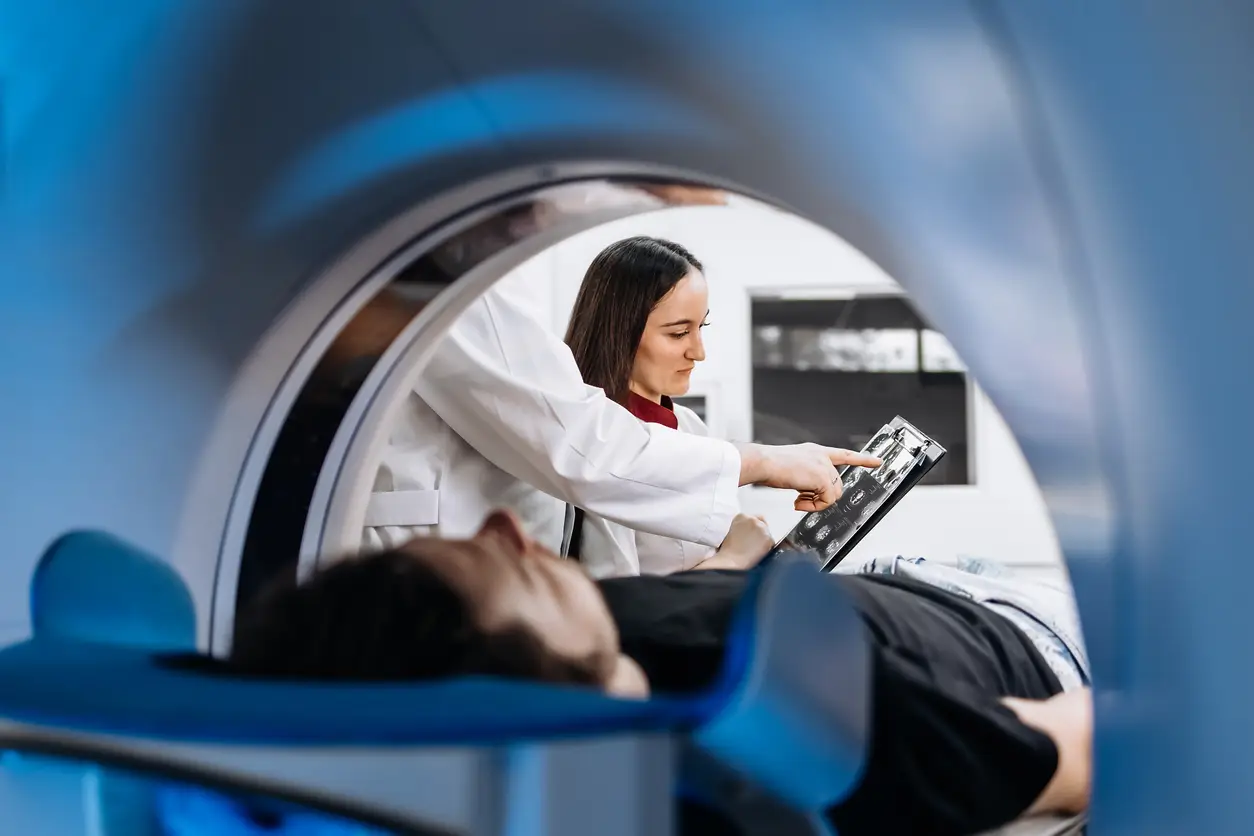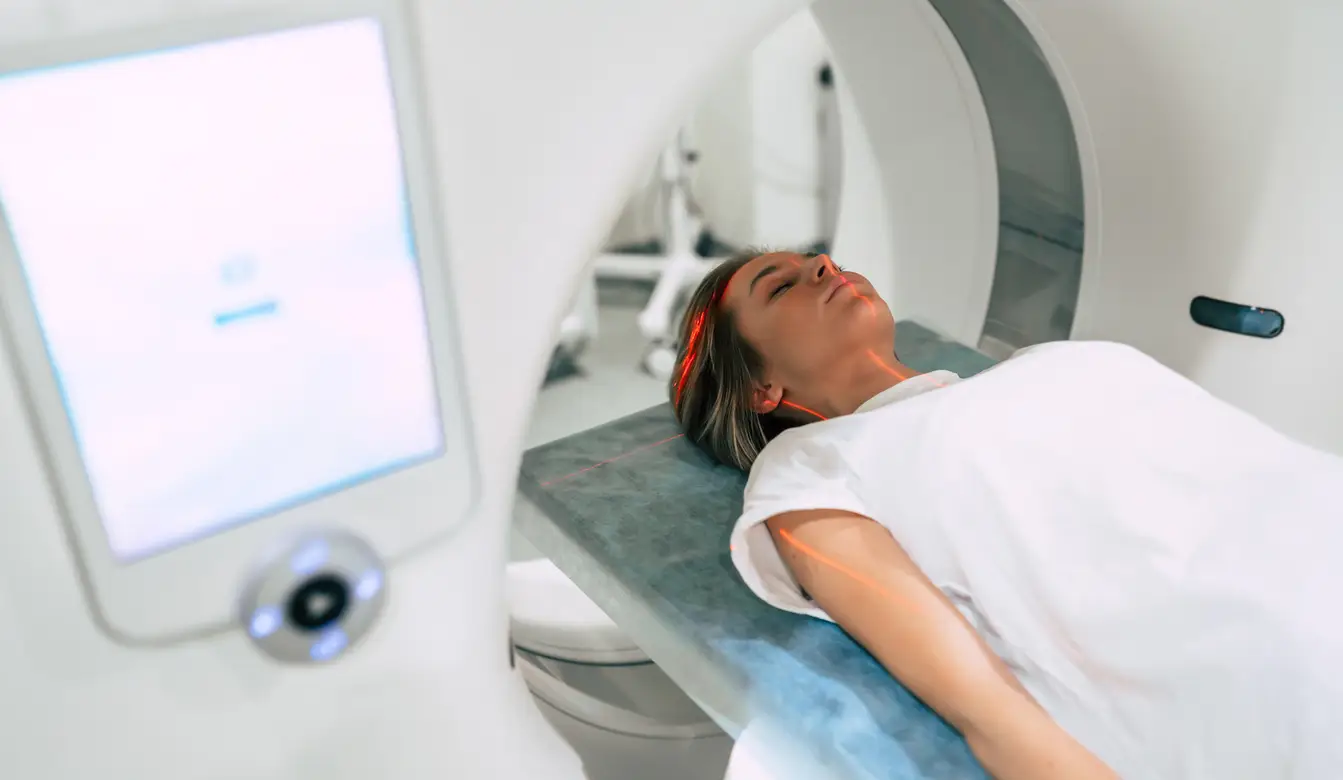
An MRI can be an intimidating experience. You are instructed to lie perfectly still inside a narrow, humming tube as the machine makes strange noises around you. No one is likely to see it as a relaxing afternoon. But for all the stress that it can induce, the MRI is one of the most potent tools in modern medicine — capable of helping doctors locate everything from tumors to torn ligaments. If you are feeling anxious about your impending scan, don’t be. You’re not alone. And the good news? There are several straightforward ways to make the claustrophobia and MRI more bearable.
Why do MRIs make you nervous?
Let’s face it — climbing into an MRI machine can bring on a variety of emotions (particularly if you’ve never done it before). Arguably one of the worst parts is having claustrophobia in MRI. Such a traditional MRI scanner is a narrow tube, and some feel like they are being trapped inside. Add to that needing to lie still and the strange mechanical sounds and it can all become a bit too much. People who normally aren’t anxious at all might feel anxious in those circumstances.”
What does an MRI actually do?
An MRI takes pictures of the body’s internal structures using a strong magnetic field and radio waves. It doesn’t carry with it any radiation (that’s one reason it’s considered safe — even for daily use). MRIs are used by doctors to observe the brain, spine, joints and soft tissues up close. Whether you’re coping with chronic headaches or knee pain, your doctor may order an MRI to see more clearly what’s hiding beneath the surface.
How do you prepare for what you’re going to go through mentally?
A little preparation is better than none. First, preregister your questions. And just knowing how long your scan will take, and which part of your body is being scanned, can help eliminate fear of the unknown. Most MRI exams take between 15 and 45 minutes, depending on which part of the body is being scanned. You will need to remove any metal jewelry and clothing and change into a gown. Some centers will allow you to listen to music during the scan, so it couldn’t hurt to ask if that’s a possibility. If you know what to expect, things are a whole lot easier to handle.
Do breathing techniques work in an MRI?
Absolutely. Deep, slow breathing is one of the best ways to cope with anxiety during a scan. You can experiment by taking a slow inhale through your nose, holding for a count of three and then releasing the air slowly. This triggers the body’s relaxation response and may slow down your heart rate. By focusing on your breath your mind has something productive to think about rather than the hum of the machine or the tight quarters surrounding you.
Should open MRIs be considered for claustrophobic patients?
If you’re extremely concerned about being in an enclosed space, ask your doctor to order an open MRI. Open MRIs also typically are built with large openings, or designed with an open side, to lessen the feeling of being enclosed. They are frequently just as good for imaging certain parts of the body, though not every type of scan may be available for all people. If your doctor gives the go-ahead, this may be a game changer for your comfort level.
How does sedation or medication help in reducing MRI anxiety?
Patients with severe anxiety opt for a low-dose sedative, which they are prescribed by the doctor. This is particularly beneficial for those who have experienced panic attacks in small places or are knowledgeable that they will not be able to keep still because of nerves. If you choose this option, remember you’ll need someone to drive you home afterwards. It’s critical to adhere to your healthcare provider’s instructions closely and to inform the MRI and claustrophobia staff if you’re taking anything that could impact your scan or how you act during the procedure.
Can you bring something to make yourself more comfortable?
The MRI room follows strict rules about what’s permissible because of the magnetic field, but some centers provide MRI-safe blankets or pads to help you feel more secure. Ask if you can select your own music, or bring earplugs. Lots of them are loud — we’re talking knocks and buzzes — but ear protection or even just calming sounds can be a big help. A few even offer video goggles or projectors to distract your sight. Feeling warm, safe, contented can seem all the more crucial.
Is there assistance from staff during the MRI?
Yes, and they tend to work with nervous patients all the time. You are in communication with MRI claustrophobia technologists throughout the scan. There’s usually a two-way intercom, and you’ll be given a call button to push if you need to take a break. If you find yourself panicking, you can say something, and they will take you out of the scanner. Most patients tell me it’s not so much the specific advice I give that helps, but rather just knowing they’re not alone. This is where experts like these come in — they are trained to make the process as painless and supportive as possible.
Can repeated scans help diminish fear over time?
Believe it or not (and you will not believe it), once you go-through-the-process once or twice, it can become less intimidating. Similar to learning to fly, or going on stage, the first time is generally the worst. As you become more used to the mechanics of MRIs and your body’s reactions, the fear often diminishes. Some people even find their minds soothingly blank after they get used to lying perfectly still and having nothing to do for 30 minutes — no texts, no e-mails, denothing but rest.

Conclusion
In short: It’s completely normal to get nervous about having an MRI. But, by following a few simple strategies, such as deep breathing, speaking with the staff, and finding an open MRI facility, you can take the edge off and make it through the scan with some sort of certainty. Remember, this key diagnostic tool is here to help you feel better in the end. You got this — and the more you prepare, the more powerful you’ll feel when it comes time to lie back and let technology take its course.






